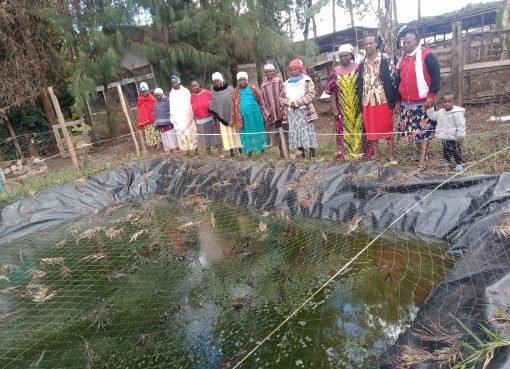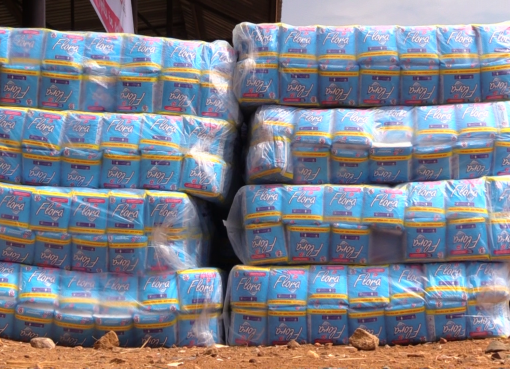Farmers in Nakuru County have appealed to the National Government to expedite mobile driers to enable them to harvest their maize and dry it before the anticipated El Nino rains.
However, Nakuru County Director for Agriculture Fredrick Owino assured the farmers that mobile dryers are likely to arrive soon.
He commended the national government for the purchase of dryers, which he said would greatly contribute to reducing the post-harvest losses that farmers incur annually.
Some of the farmers in Rongai sub-county who have already started harvesting their maize said they are struggling to sun-dry them due to the sporadic rainfall in the afternoon.
Moses Rotich, who has already harvested his maize, said he planted earlier to avoid the onset of November short rains, but the El Nino rains have spoiled his plans of drying the maize faster than last year.
He lauded the government for the plan of bringing mobile dryers because, over the years, farmers have suffered to the extent of drying their maize on tarmacked roads since the National Produce and Cereals’ Board (NCPB) dryers are only suitable for large-scale farmers who harvest over 600 bags of maize.
Rotich noted that the highest loss farmers incur is when they use casual labourers to assist them in drying the maize, and the Sh300 they charge per day is simply too much for small-scale farmers who harvest between ten to forty bags.
He commended the jua kali sector, which innovated the maize sheller and has made work easier for farmers. Additionally, he said that as much as the shelling of maize at the farm has reduced labour for farmers, it has inadvertently contributed to the increased aflatoxin.
Rotich nostalgically remembered when farmers harvested maize and stored it in granaries to enable it to dry before shelling and rued the current practice of storing maize in nylon bags, especially when they are not dry.
Since the beginning of the year, there has been a lot of hue and cry, including demonstrations over the high cost of maize flour, commonly known as Unga.
But hardly anything is said in relation to the tedious process of planting, weeding, harvesting, shelling, and drying maize and the huge costs of inputs, plus the ultimate losses that small-scale farmers who produce 80 per cent of the maize incur.
By Veronica Bosibori




